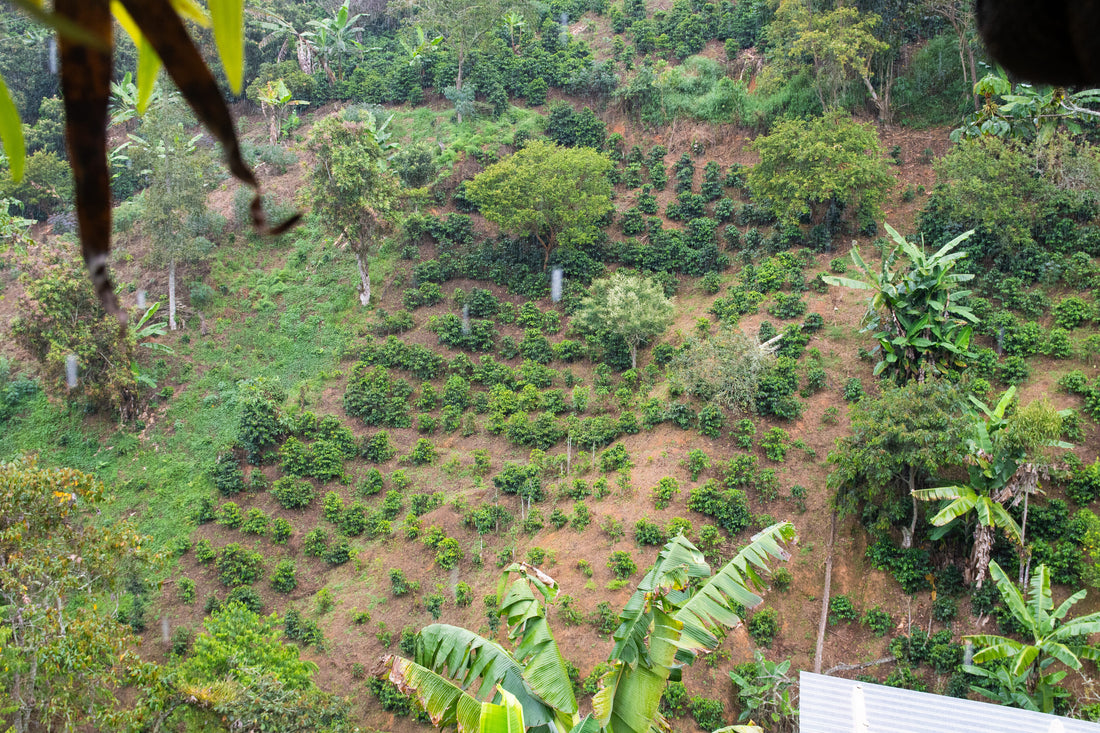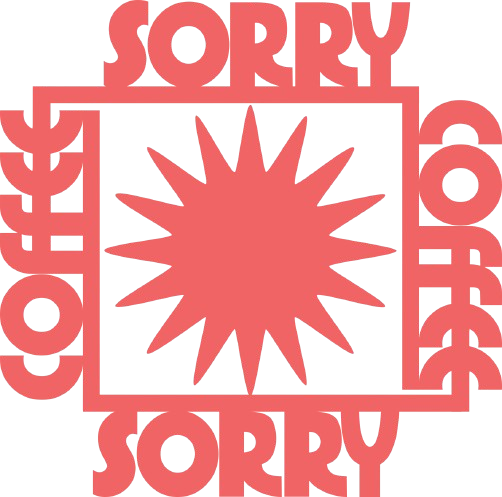
History of Coffee in Colombia and Fourth Wave Coffee
When you think Colombia you think coffee, right? I did. I live here now so I associate it with a couple more things but still, a lot of coffee. There are a lot of reasons for that! One, Colombia just has good coffee. With a diverse range of climates and elevations, Colombia can grow almost any variety of coffee and get delicious results.

Another reason you think about coffee when you think about Colombia is marketing. In the 1950s The National Federation of Coffee Growers in Colombia created a character, Juan Valdez; in his aguadeño hat, and with his mule, Conchita, they became the stars of countless TV commercials. Colombian coffee quickly became known for its superior quality. The slogan “100% Colombian” distinguished pure Colombian coffee as a higher quality than blended products. This shift was part of Second Wave coffee when the public started wanting single-origin coffee, as well as coffee of a higher quality.

Before Juan Valdez, in the 18th century, it is believed that Colombia’s introduction to coffee came with Dutch Jesuit missionaries. Starting in the mountains of the northeast, coffee spread quickly through the rest of the country as the small family farms saw the crop as a potential source of income. The country’s first export of coffee was to the U.S., and the export trade quickly grew. By the end of the 19th century, Colombia had become one of the largest exporters of coffee. Today they are the third largest in the world.
Around the beginning of the 20th century, the majority of coffee farms were owned by a few major producers. In 1927 a group of producers created the National Federation of Coffee Growers, or the Federacion Nacional de Cafeteros (FNC). Their goal was to represent farmers in negotiating fair prices for the global sale of their coffee. The Great Depression made this goal difficult, so in an attempt to save coffee production, the government purchased these large farms and divided them up, selling them to workers who could plant other crops alongside coffee. This split, along with the eventual creation of the Juan Valdez character, helped to keep coffee production in Colombia alive and well.
Today, while many Colombian farmers still practice traditional techniques for harvesting and processing their coffee, sustainability is essential to their system. The coffees that I chose for Sorry Coffee were grown using these methods. For example, Red Bomb is grown with ecological sustainability in mind in the region of Pereira, Colombia. Water conservation is a priority in the production process, so Red Bomb is processed using the Ecomill technology of Finca Las Brisas. Compared to traditional washing and processing methods, the Ecomill reduces water use by 99%.

The 1960s and 70s saw the Second Wave, the 2000s the Third, where are we now? Fourth Wave coffee is making specialty coffee shop quality coffee at home. The pandemic saw a lot of people improving their at-home coffee brewing collection when they couldn’t go to their favorite shops anymore. More and more people bought espresso machines and grinders or expanded their pour-over dripper selection. We also began sourcing our own beans. Instead of only relying on your neighborhood shop for beans, we subscribed to coffee subscription services. These services deliver a rotating selection of coffee beans from all of the country with origins from all over the world. Fourth Wave coffee is all about learning how to make incredible coffee at home. Sorry Coffee is part of this change to good coffee at home. The Brewing Guide Basics page explains the different variables that go into making good coffee; brew ratio, grind size, temperature, turbulence, and brew time. There are also guides to using different types of coffee makers, from the Kalita Wave to a french press. Subscribing to your favorite Sorry Coffee means not having to wake up to no coffee on Sunday morning because you forgot to grab a bag from the grocery store. Join the fourth wave and brew your favorite coffee at home with Sorry Coffee!

